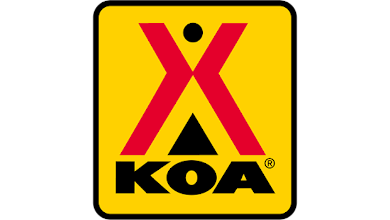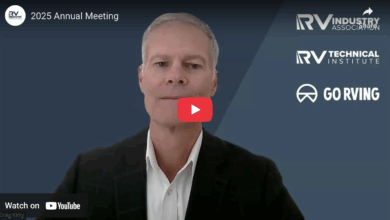October Consumer Inflation Eases From Cheaper Gas, Airfare
Long past its painful peak, inflation in the United States may be heading steadily back toward its pre-pandemic levels, without the need for further interest rate hikes by the Federal Reserve.
Such a scenario became more likely, if hardly guaranteed, after Tuesday’s surprisingly tame report on consumer prices for October.
The Labor Department’s data showed a broad-based easing of inflation across most goods and services. The price of gas? Down. Appliances? Down. Autos? Down. Same for airfares, hotel rooms and doctors’ fees.
Overall inflation didn’t rise from September to October, the first time that consumer prices collectively haven’t budged from one month to another in more than a year. Compared with a year earlier, prices rose 3.2% in October, the smallest such rise since June, though still above the Fed’s 2% inflation target.
Excluding volatile food and energy prices, so-called core inflation was just 0.2% last month, slightly below the pace of the previous two months. Economists closely track core prices, which are thought to provide a good sign of inflation’s likely future path. Measured year over year, core prices rose 4% in October, down from 4.1% in September, the smallest rise in two years.
“The inflation fever has broken,” said Bill Adams, chief economist at Comerica Bank. “Rising petroleum production is holding down gas prices, house prices are rising more slowly after mortgage rates surged in 2023 and rents are also rising more gradually as more apartment buildings are completed.”
October’s milder-than-expected price figures make it much less likely that the Fed will impose another rate hike. Many economists now say that the Fed’s most likely next move will be to cut rates, likely sometime next year, though that would depend on whether inflation continues to cool.


